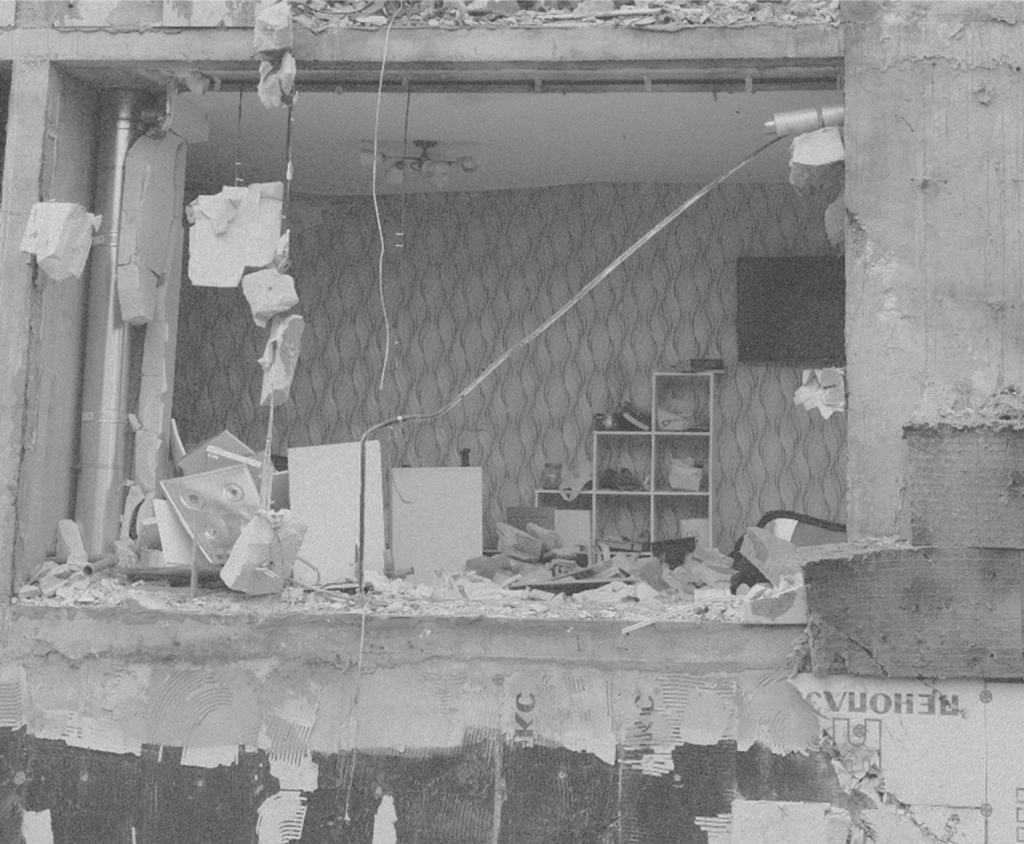Digital Learning Lab Case Study Series
These guides will show you how new technology and approaches are helping to transform the humanitarian and development sectors
Read the case study
About the Digital Learning Lab
As part of a new series in 2024, our Digital Learning Lab will be regularly publishing case studies of how new technology and approaches are helping to transform the humanitarian and development sectors.
Our easy-to-read guides will show you how you can start to solve real-world problems, as well as start to honestly discuss what barriers exist to innovation and potential solutions. They are aimed at anyone with an interest in digital learning innovations, capacity strengthening and leadership as well as future leaders and potential donors to help us test and scale innovations.
About this case study: QR codes and Augmented Reality for capacity strengthening initiatives for health providers treating children with paediatric blast injuries
Children injured in conflict pose specific problems for those trying to treat them. Paediatricians are often not trained in the specific management of conflict trauma, such as blast injuries. First responders, emergency physicians and surgeons may be experienced at managing this type of trauma in adults but often do not know the specific adjustments needed to treat children safely and effectively, leading to excess paediatric mortality and disability.
Quick Response (QR) codes, are two-dimensional barcodes that can store a variety of data types including text, URLs, and other information.
Augmented Reality (AR) is a technology that overlays digital information, such as images, videos, or 3D models, onto the real-world environment in real-time, typically through devices like smartphones, tablets, or AR glasses
In this case study, learn how scanning QR codes can launch AR experiences, helping providers access valuable learning resources in real time.
Keywords: Just in time learning, QR codes, AR, augmented reality, training manuals, training intervention, Paediatric Blast Injury Field Manual.
Is this case study for me?
This case study is aimed at anyone wishing to educate, inspire or simulate scenarios in their environments in a more digitally-experimental manner, as well as potential partners who might be interested in helping us test and scale this innovation.
You may also be interested in our case study: The potential of QR stickers to provide just in time learning.
Contact
This case study was published in June 2024 by the Humanitarian Leadership Academy’s Digital Learning Lab.
For more information, please email digitallearning@savethechildren.org.uk